Average ad-fraud rate to go up to 45-55% against the present 25-35%: techARC
The ad-fraud report released by techARC, powered by mFilterIt, projects it to go up in the range of 45-55 per cent, compared to the present industry average of 25-35 per cent. This is owing to switch in marketing spends towards digital advertising, while the overall marketing budgets are being squeezed by organisations across industry segments. The second major factor of this increase in the average ad-fraud rate is because of New Entrant organisations embracing digital marketing as the business models and processes reorient to adopt to the new normal.
Faisal Kawoosa, Founder & Chief Analyst, techARC, while highlighting the key insights of the report, said, “Digital Marketing has graduated to essentials for every type of organisation as an outcome of COVID-19 pandemic. It is no longer just an outreach channel but a fully operational business medium.”
Taking further about the changing role of Digital Marketing, Dhiraj Gupta, CTO and Co-Founder, mFilterIt, said, “Advertisers are adopting to new normal, where performance-led digital marketing is going to play a pivotal role. Marketers would be required to adopt strategies, processes, skills, tools, techniques and measurements accordingly. The legacy approach will not yield optimal results. Hence, brands will need to reinvent digital marketing skewed towards performance marketing.”
“Advertisers need to use the right tools which are designed for performance marketing rather than using the traditional age-old tools meant for impressions and brand campaigns,” Gupta advised.
The report lays down best practices for marketers to adopt as Digital Marketing is repurposed. Some of the main among them include:
- Perform a third-party due diligence of affiliates before partnering with them.
- Run a trial campaign along with an ad-fraud protection solution and check out the true performance of the campaigns including the fraud rate.
- Keep a track of incent walls and other undesired digital places where you would never want your brand to be. Being there could be counterproductive and hit the brand image just when it has begun to build.
- Do a deep data analysis of the campaign performance. You will find lot many patterns prescribing the future course. Set a data driven approach from the beginning.
- While it’s prudent to seek third-party independent support, also train your team around ad-fraud so that you have an expert in house to interface with the ad-fraud ecosystem.


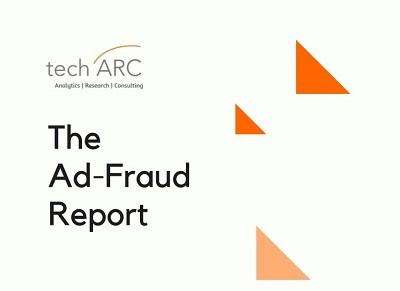

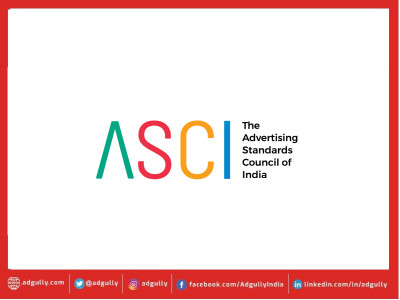
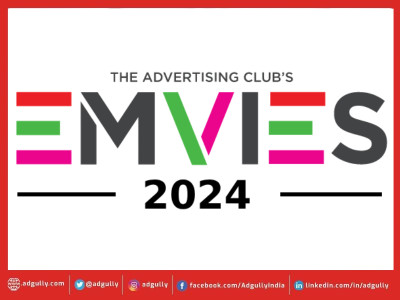





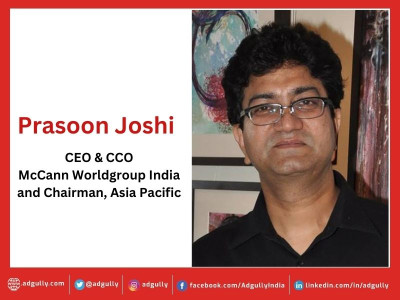

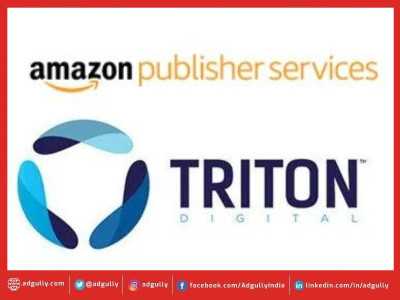


Share
Facebook
YouTube
Tweet
Twitter
LinkedIn